FAQ’s
Frequently Asked Questions
What is Trikafta?
Trikafta is the most recent precision medicine manufactured by Vertex Pharmaceuticals. It is a triple combination gene modulator consisting of three medications; ivacaftor, tezacaftor and elexacaftor. Trikafta is a gene modulator that corrects the most common cystic fibrosis (CF) mutation (F508), meaning it could potentially treat approximately 90% of people living with CF.
Is Trikafta available in Canada?
Currently Trikafta is only available through the Special Access Program for patients who are considered extremely ill (ie. lung function below 40%). The drug is supplied compassionately to patients at the manufacturer’s expense. Below is a link from Health Canada to describe the process for this program.
https://www.canada.ca/en/health-canada/services/drugs-health-products/special-access/drugs.html
Where is Trikafta available?
Trikafta was fast-tracked for access by the U.S Federal Drug Agency (FDA) and the European Medicines Agency (EMA). Trikafta has received regulatory approval in 32 countries, 27 within the EMA centralized regulatory approval, in addition to receiving approval in the United States, United Kingdom, Norway, Iceland and Liechtenstein. Trikafta has received public reimbursement in the United States, United Kingdom, Ireland, Austria, Denmark, Germany, and Slovenia.
Has Trikafta been submitted for approval in Canada?
Vertex applied and was approved for “priority review” for Trikafta mid-November 2020. Once that approval was granted Vertex had 60 days to apply to Health Canada. Vertex officially submitted Trikafta to Canada on December 4th, 2020.
Where are we in the process to gain access?
An aligned review has been confirmed by Canadian Agency for Drugs and Technologies in Health (CADTH), meaning the process to market availability can be potentially shortened to less than a year. The final decision from Health Canada is expected in the first half of 2021.
For more information on the process: The Drug Approval Process
What is a “Priority Review” and how will it help get access to Trikafta?
Typically it takes Health Canada nearly a year (300 days) to approve and issue a Notice of Compliance (NOC) for a new therapy. Once an NOC is issued it is legal to market and sell the new medication in Canada.
Priority Review decreases the timeline to approximately 6 months (180 days).
If the review and approval process runs smoothly for Trikafta, the timeline required to move to the next step towards patient access will be in cut in half compared to the conventional approval process.
You can find technical details of the process in the Health Canada website.
What can I do to assist with expediting the process of drug approval and reimbursement by provincial drug plans?
CF Get Loud encourages advocates to keep up to date on our Take Action page. Personal stories are by far the most impactful when engaging and building a relationship with politicians. Sharing how your health, family, career, and relationships have been affected is imperative so that your elected representatives understand the FULL burden that this disease places on families.
What is “the Ask”?
We need Trikafta to be available NOW for all Canadians that can benefit from it.
It is imperative that we clearly state that we expect this process be handled in the most expedited manner possible. It is important to stress that #CFCantWait. The other equally important ask is that the medicine must be covered for the broadest label possible. It is imperative that all who will benefit from this medication WILL have access regardless of health status. It is our goal to ensure that funding criteria attached to Trikafta does NOT limit access to patients as we have seen with Kalydeco and Orkambi.
What is the PMPRB?
The Patented Medicine Prices Review Board is a federal quasi-judicial agency in Canada. It has a mandate to protect consumers by ensuring that the prices of patented medication charged by manufacturers of patented drugs are not excessive. In other words they are a government agency that regulates pharmaceutical drug prices by setting pricing mandates.
How will the PMPRB guidelines hinder access to Trikafta?
The PMPRB guidelines have introduced the use of economic factors to set the maximum price for a patented medicine. This will hinder access to precision and innovative medicine if the price ceiling is legally set too low prior to negotiation between the manufacturer and government. Many patient advocate groups believe that the recent changes have gone too far and set the ceiling too low because of the use of these economic factors.
These mandated guidelines are unlike any comparable drug approval system in the world. Due to the fact that Canada does not have a Rare Disease Strategy or another special pathway for rare drugs, these changes directly impact access to life-changing therapies.
What is the status of the Health Canada submission?
The final decision from Health Canada is expected in the first half of 2021. Price negotiation may continue after approval, meaning those on public healthcare might experience a delay in access, compared to those with group benefit plans provided by their employer.

